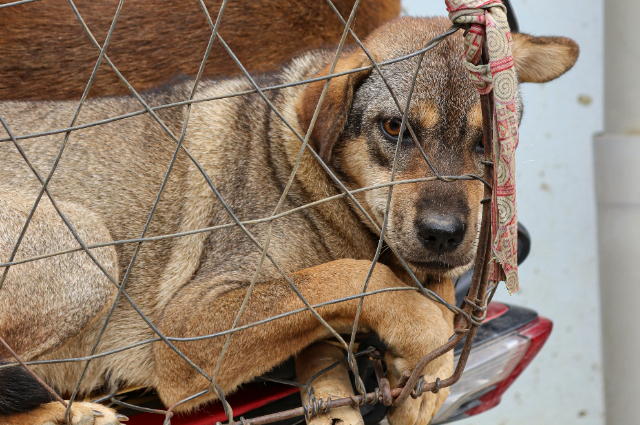
Photo by Nathan Cima on Unsplash
Understanding Animal Abuse
Animal abuse and animal assault are acts of barbarism that point out social sicknesses that characterize human societies. Some of the acts of cruelty towards animals are things that are not simply random but are things that are reflective of much larger systemic issues. Solving such problems implies the intervention at the legal and social levels as well as cultural changes.
Economic and Cultural Drivers of Animal Cruelty
Other factors were also highlighted with regard to the issue with a clear indication that among the main causes of animal abuse, materialism and economic concerns stand out. For example, the agricultural business is the one that focuses on food production and the treatment of animals in the process, is of minor concern. Grazing intensity has adverse effects on the animal through sheltering of animals, depriving them of their natural needs, and arriving at crude methods of killing the animals. In the same vein, the fur and cosmetic industries have been condemned for their treatment to the animals used in the tests and fashion.
Culture is also another factor that can be attributed to the cases of animal abuse that occur in societies. There are societies that do not care about the lives of animals as they deem them as mere products in the market. Such a view does aim for the mistreatment of animals as it promotes methods that are inimical to animals like rite of passage and other activities that include the use of animals in circuses. Altering these attitudes involves campaigning to inform the community about the ability of these animals to feel as well as the consequences of people’s actions towards animals.
Legal Frameworks and Their Effectiveness
A majority of countries in the world have legislation that addresses animal cruelties and or abuses though enforcement of these laws differ from one country to another. Some parts of the world have passed laws that are strong, they give a clear meaning as to what constitutes abuse and also quantify the consequences that the offender will face. For instance, in the United States, there is the Animal Welfare Act that defines the appropriate treatment and use of animals, mostly in experiments, marketing or for display. Still, enforcement may sometimes be carried out inadequately, and the penalties that are imposed may not always encourage punishable offenders to refrain from using it.
Other regions may have very weak legislation pertaining to the same or may lack legislation protecting animals altogether. Many countries do not have any laws that protect animals or if they exist then these laws are only on paper and are not implemented. In such cases, pressure from the international community and the advocacy groups goes a long way in eliciting legal changes and the status of animals.
The Role of Advocacy and Public Awareness
Civil societies of the activists and advocators also have the responsibility of ending animal cruelty. Some of the prominent animal welfare organizations include the Humane Society International, PETA and the ASPCA which engage in lobbying for reforms, sensitization, lobbying and support of laws. Such groups are involved in advocacy whereby they conduct awareness creation to the public on the issue of abused animals with the intention of changing the public’s attitude towards the abused animals.
It may also be necessary to educate the public utilizing advertising that would lead to the altering of cultural perceptions. Reporting on cases of animal abuse, using social networks and launching special educational projects also can contribute to changing the situation and increasing the public’s concern about the treatment of animals. Through these kinds of campaigns, people are sensitized to ‘the plight of such animals and the benefits that come with humane treatment’ – these emotions create a demand for strict policies.
Personal Responsibility: Ethical Choices and Actions
It is also the role of the people of the society to address cases of animal abuse. Sometimes the small decisions made in an individual’s daily life can also influence the fight against animal abuse. This includes buying from firms that give value to animal lives, refraining from the purchase of products that are tested on animals or obtaining our pets from reputable shelters rather than breeding farms.
In addition, people can campaign for animals with the aim of protecting them and campaigning for organizations that promote the rights of animals and educate fellow individuals on how to treat them. Organizational contributions, for example, reporting the possibility of abuse in a particular family, in aggregate with other employees’ actions, can affect the result.
Conclusion: Moving Towards a Compassionate Future
A recent phenomenon in human society is the abuse and assault of animals by human beings which is a socially significant problem which needs to be solved. It may be attributed to other social and cultural vices that are deep-seated and therefore not easy to address. Solving these problems is a multi-faceted process including legal activism, changing the public consciousness, and taking the responsibility for themselves. It is therefore important to collaborate and change the world for animals so as to reduce cases of cruelty to animals since they are part of our society.
In other words, moving towards a compassionate future.
